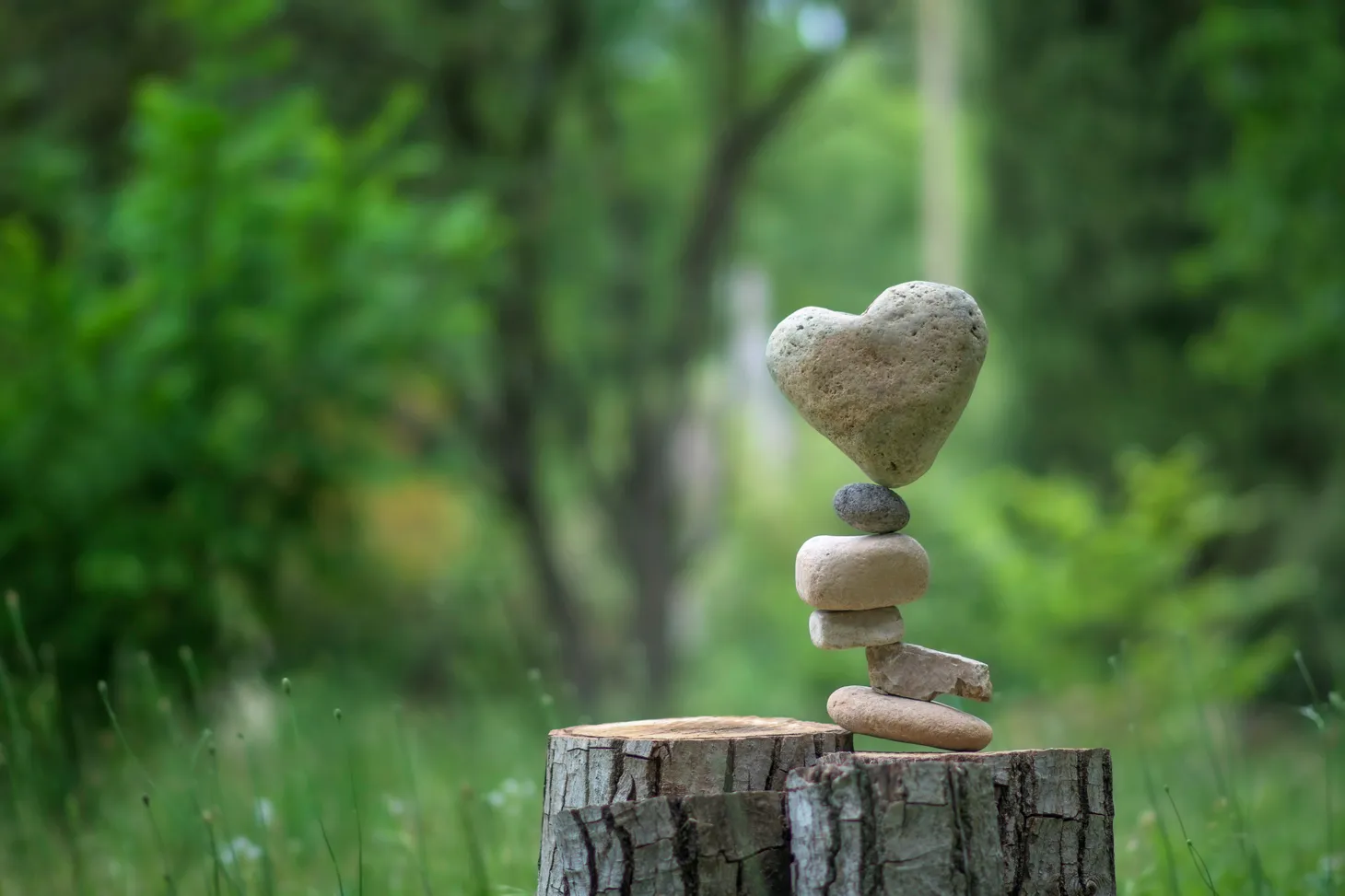How to Find Your Free Range Muse: A Cruelty-Free Guide to Cultivating Inspiration
For millennia, a muse – those mythic goddesses of inspiration – existed only in the wild. High-strung, fragile, and more than a little skittish around humans, the wild muse resisted domestication with a fierce and unbreakable spirit. Though no one has succeeded yet in taming the wild muse, over th

For millennia, a muse – those mythic goddesses of inspiration – existed only in the wild. High-strung, fragile, and more than a little skittish around humans, the wild muse resisted domestication with a fierce and unbreakable spirit.
Though no one has succeeded yet in taming the wild muse, over the past few centuries many have learned to cultivate a mutually beneficial, reciprocal relationship with these charming but elusive creatures.
A cruelty-free guide to cultivating your creative muse ..
Phil McKinney
5 Ways To Tame The Muse
Here are a few ways you can assure that your personal muse is happy, healthy, and content to assist you when you need them the most.
- Avoid The Beaten Path: Boredom and familiarity are poisonous to all but the heartiest of muses. In order to keep your muse vibrant and alert, you must feed them with a nourishing diet of variety, challenge and surprise. This isn't as hard as it sounds–a muse can be happily stimulated by a simple change in routine, such as driving to and from work using a different route, eating unusual foods, or reading books or articles on unfamiliar subjects.
- 100% Sanctioned Goofing Off: Your muse has the potential to be a very hard worker, but relentless routine can weaken their stamina. If you've been working too hard, take your muse out for a quick game of basketball or bowl a couple of frames with a friend or family member. Watch a weepy Lifetime TV Movie (you know you secretly love them). Bake a peach cobbler (or chocolate chip cookie dough…baking is optional on that one). By focusing on something completely unrelated to the problem, you will give your muse the freedom to do that voodoo it does so well. When you're finished with your cookie dough…um, cookies…your problem may have magically solved itself.
- Try Intellectual Anarchy: Just like physical boredom, muses do not fare well under the stress of mental tedium. If your problem-solving muse is stagnating and struggling against a rigid routine, perhaps it's time to shake things up. Take an hour or so and bring group of friends or colleagues into a meeting room. Grab some pens and sticky notes, and just throw out the ideas. Don't judge them. Just throw them out and write them down. Brainstorming is the treadmill of the creative world–it seems pointless at first, but it gets the engines running. Pretty soon, you're whizzing along at breakneck pace, and the muse is right there with you, working up a sweat as she works to solve your problem.
- Go the Wrong Way: Muses are notoriously fickle. Sometimes the best way to figure out what to do is to work out all the ways not to do something. Let's say you have to make a presentation on web design, and you're stuck for ideas on how to deliver it. Try figuring out how not to deliver those ideas. For instance, I will not deliver my presentation entirely in Haiku. Or how about, I will not use bullet points in my PowerPoint presentation. Sooner or later, you will begin to notice a pattern. By eliminating the wrong ways, your muse may be freed to bring the right path into focus.
- Don't Forget the Basics: As crazy as it sounds, some people think they can starve a muse, deprive it of sleep, work it round the clock, and it will continue to function at top efficiency. Your muse, whether it likes it or not, is directly affected by the way you live your life. If you've been burning the candle at both ends, skipping meals (or eating from the food truck or fast food window), and generally ignoring your health, you can rest assured that your muse will be sickly and unwilling to assist you. To foster the best results from your muse (not to mention keep it happy), it's best to eat nutritious foods, exercise, get enough sleep, and make sure that your emotional and social needs are met.
Like any collaboration, there must be trust, respect and cooperation between the muse and its human host if the partnership is to work. Muses are not pets, nor are they slaves. A muse will not thrive in captivity; it must be a willing participant in your creative process. But with education and awareness, we can improve Muse-Human relations and ensure these benefits will be available for future generations.
To learn more about inspiration cultivation, muses and creativity, check out the book Beyond The Obvious.




